Hoghton Tower
Dating from 1560-1565, Hoghton Tower is a Grade I listed fortified manor house situated on the highest hill in the Hoghton area. The following tale by John Roby was published in his ‘Traditions of Lancashire’ in 1872. He refers to it being left to decay and by the middle of the 19th century it was derelict.

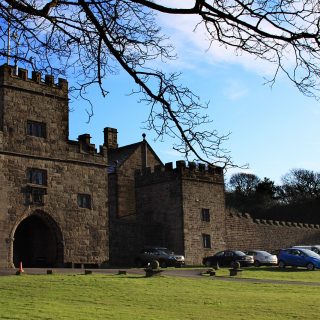
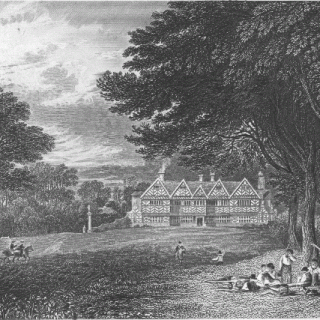
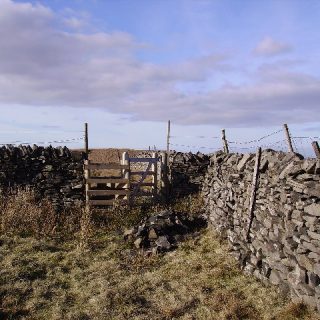
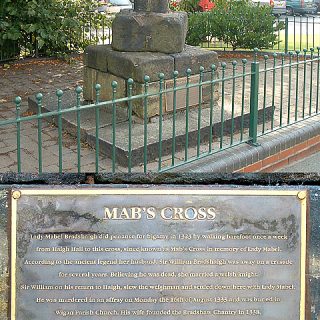
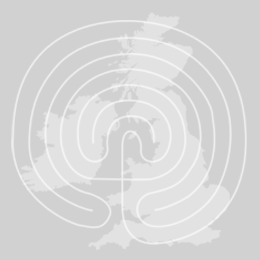

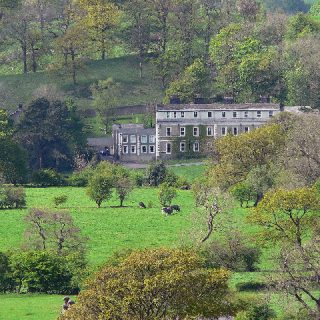
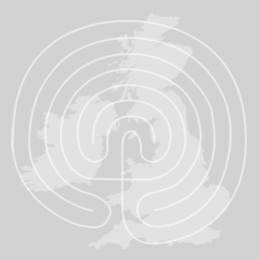
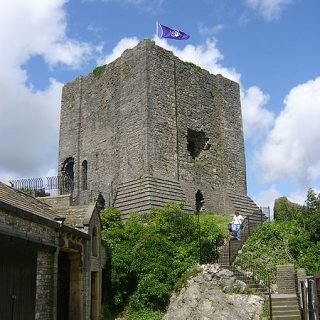
Recent Comments